NEW YORK (AP) — AP's coverage of the devastating Myanmar cyclone amid extraordinarily hazardous and harsh conditions has received top honors for deadline reporting from the Associated Press Managing Editors Association.
"No other story in this category was as difficult or as dangerous to report," APME officers and board members said after judging more than a dozen major breaking news stories of the past 11 months. "The military government was slow to say anything about the cyclone and certainly didn't want outside reporters to reveal the scope of the disaster."
The team coverage was led by Aye Aye Win, the AP's correspondent in Yangon, who had to use a weak landline and an emergency generator to get out her reports on Cyclone Nargis.
"Neither the danger nor the difficulty stopped Win or her colleagues from telling the world what happened," the judges said. "By phone and in person, they turned up dozens of sources who added piece after piece to build the terrible picture, a scene one U.S. meteorologist said was similar in scale to Hurricane Katrina. They even found people brave enough to criticize the government's failure to warn people about Nargis or to help afterward."
When Win collapsed from fatigue at one point, her mother listened to the radio and passed along updates.
The association of editors at AP's 1,500 member newspapers in the U.S. and newspapers served by the Canadian Press in Canada annually recognizes outstanding work by the company's journalists. The judges reviewed nominated work published between July 1, 2007, and June 30, and the winners were announced during the summer meeting of the association's governing board of directors that ended this week.
The awards will be presented during the APME annual conference with the Associated Press Photo Managers Sept. 8-11 in Las Vegas.
Veteran correspondent Todd Pitman received the feature writing award for his narrative cataloging the rigors and horrors of war and the death of his friend, a Russian photojournalist killed in Iraq when the group they were on patrol with came under attack.
Best use of video went to a nine-part documentary shot, produced and edited by Raul Gallego Abellan looking at life in the Army and the challenges soldiers face guarding a mountainous area on the front line of the war. "Displaced Iraqis," a project by the AP multimedia team in Washington, reporters and editors in Baghdad and New York, and AP's research team, was honored for best use of multimedia.
Beijing-based photographer Oded Balilty received the news photography award for his dramatic and gripping photographs of the aftermath of the China earthquake. Alexandre Meneghini, a photographer in Mexico City, won the feature award for his compelling package of images on bullfighting.
Receiving the enterprise reporting award was a comprehensive, 50-state project that found America's schools often are the hunting grounds of sexual predators who happen to work in those buildings. National writers Martha Irvine and Robert Tanner led the team, with significant contributions from reporters across the country and AP's News Research Center.
A body of work earned New York-based Lauren McCullough, domestic coordinator for multimedia and graphics, the John L. Dougherty Award, given to an AP employee with less than three years of experience with AP and less than five years overall.
Ryan Keith, a newsman in Springfield, Ill., received the Charles Rowe Award for distinguished state bureau reporting for his investigation of troubled bridges in Illinois in the wake of the Minneapolis bridge collapse, along with a second package of stories on the state's troubled pension program.
The judges also awarded the following honorable mentions:
_Deadline Reporting: AP team reporting on the death of Benazir Bhutto.
_Feature Writing: national writer Sharon Cohen, for her story looking at life and death at the burn unit at Brooke Army Medical center in San Antonio; and Dakar's Rukmini Callimachi, for her story illustrating the horrid treatment of boys who are forced to beg in the name of Islam.
_Enterprise Writing: national writers Jeff Donn and Martha Mendoza, and Justin Pritchard of the Los Angeles bureau, for their three-part series uncovering the potential threat from medical wastes to our nation's drinking supply; and national writer Todd Lewan's reporting on human chip implants.
_John L. Dougherty: Bolivia correspondent Dan Keane for a variety of work, including an examination of President Evo Morales' campaign to remake the country.
_News Photos: Dhaka's Pavel Rahman for coverage of the Bangladesh cyclone; and Islamabad's B.K. Bangash for coverage of the assassination of Benazir Bhutto.
_Feature Photos: Alvaro Barrientos in Pamplona, Spain, for a photo of revelers enjoying water thrown from a balcony in a fiesta; and Rodrigo Abd, Guatemala City, for images giving an inside look at Venezuela gangs.
_Best Use of Video: photographers Evan Vucci and Rick Bowmer, for a two-part video essay on the life and death of an American soldier killed in combat in Iraq.
_Best Use of Multimedia: Alex Brandon, Cain Burdeau, Nicolas Rapp and Jonathan Warren for a package showing how unmitigated drilling has played a big part in bringing Louisiana's wetlands to the brink of collapse, making New Orleans and other cities more vulnerable to hurricanes.


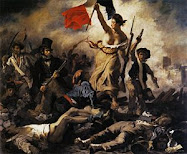









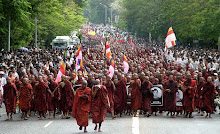

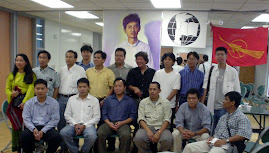
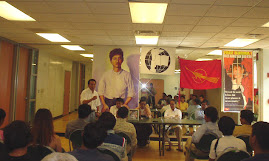

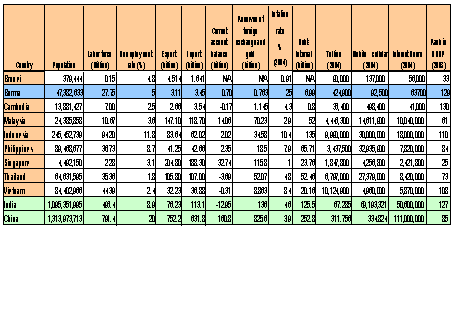

No comments:
Post a Comment